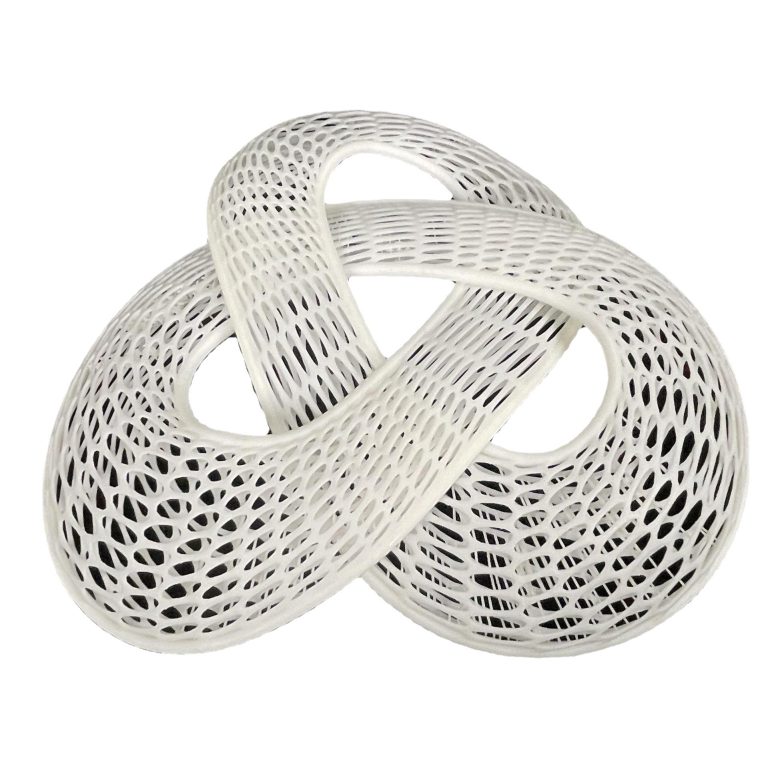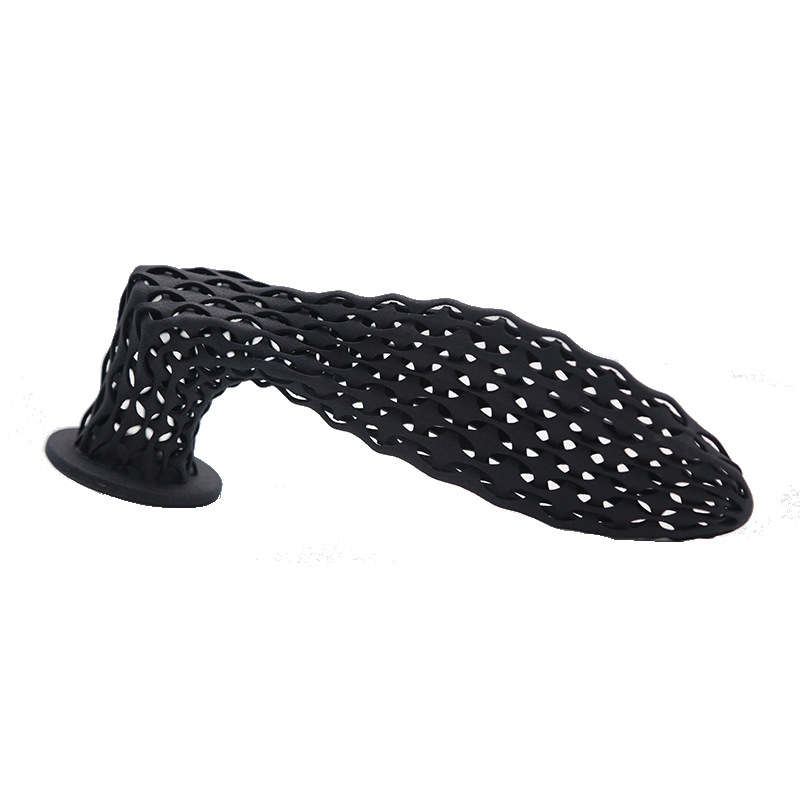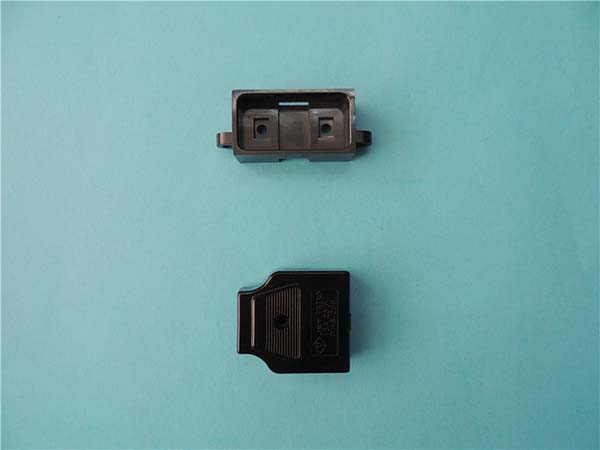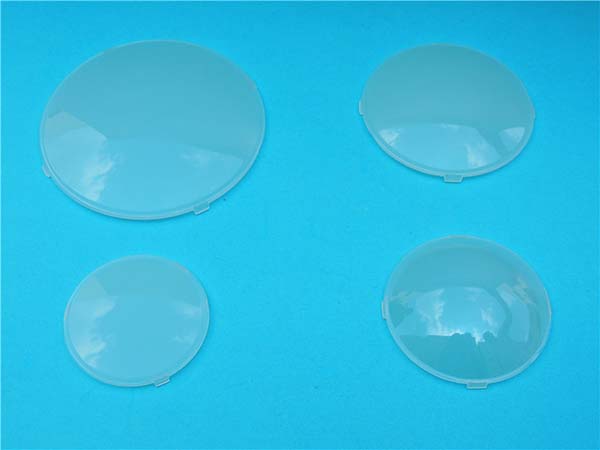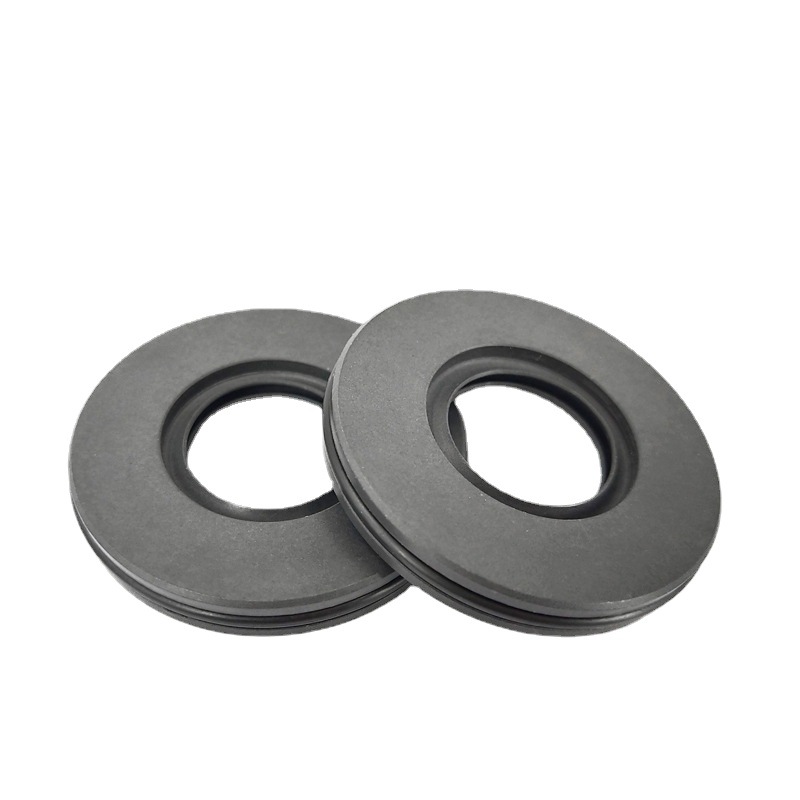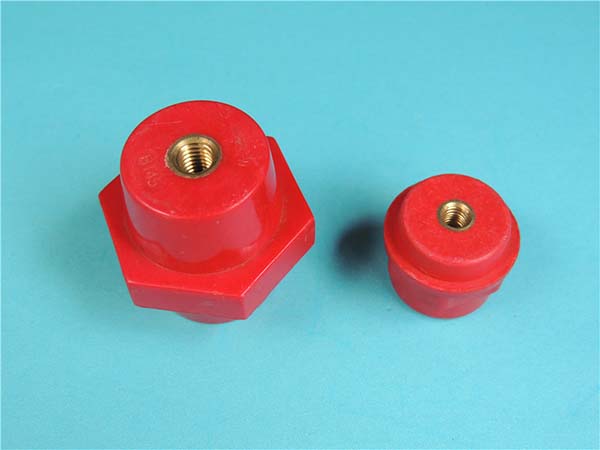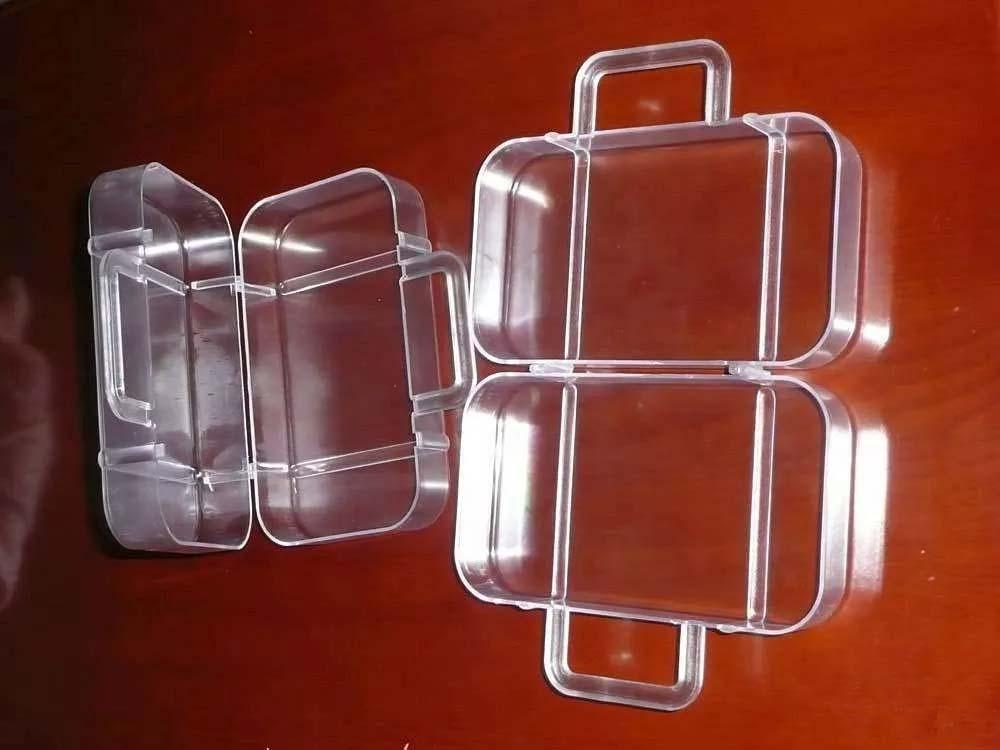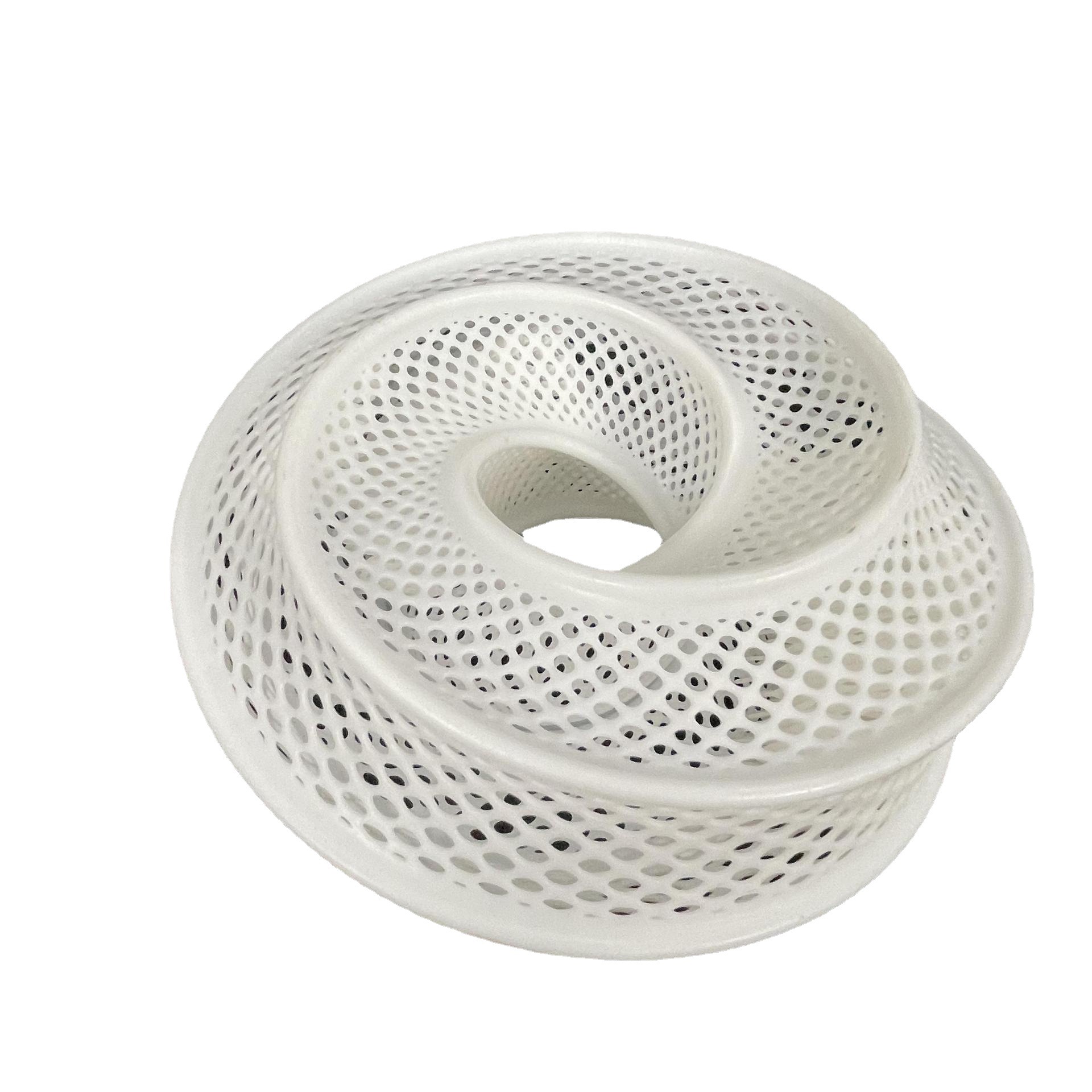Introduction to Resin and Filament 3D Printing
3D printing has emerged as a revolutionary technology, disrupting traditional manufacturing processes and enabling the creation of complex, customized objects with relative ease. Among the various 3D printing methods, resin 3D printing (vat photopolymerization) and filament 3D printing (Fused Deposition Modeling/Fused Filament Fabrication - FDM/FFF) stand out as two of the most popular and widely used techniques.
Resin 3D Printing
Resin 3D printing operates on the principle of vat photopolymerization. In this process, a liquid photopolymer resin is placed in a vat. A light source, such as a UV laser or a digital light processing (DLP) projector, selectively cures the resin layer by layer according to the digital model sliced into thin cross - sections. As each layer is cured, it adheres to the previously solidified layer, gradually building up the three - dimensional object.
One of the earliest and most well - known resin 3D printing technologies is Stereolithography (SLA). SLA was developed in the 1980s and uses a focused UV laser to trace the cross - section of the object onto the surface of the liquid resin, curing it. Another popular resin - based technology is DLP, which uses a digital micromirror device to project an image of the object's cross - section onto the resin, curing an entire layer at once. This often results in faster printing times compared to SLA for some models.
Filament 3D Printing
Filament 3D printing, commonly known as FDM or FFF, is a more accessible and perhaps more well - known form of 3D printing for hobbyists and small - scale users. In this process, a spool of thermoplastic filament, such as Polylactic Acid (PLA), Acrylonitrile Butadiene Styrene (ABS), or other materials, is fed into a heated extruder. The extruder melts the filament and then deposits it layer by layer onto a build platform, following the instructions from the sliced 3D model.
For example, when printing with PLA filament, the extruder heats the PLA to around 180 - 220°C (depending on the specific PLA formulation), and the molten plastic is extruded through a nozzle with a diameter typically ranging from 0.2 - 0.8 mm. The printer's gantry system moves the extruder in the X, Y, and Z axes to create the desired shape. As the layers are deposited, they cool and solidify, bonding to the previous layers.
Technical Principles and Processes
How Resin 3D Printing Works
Resin 3D printing, also known as vat photopolymerization, is a highly precise additive manufacturing process that uses liquid photopolymer resins and a light source to create three - dimensional objects. Here is a detailed breakdown of how it works:
- UV Curing: The process begins with a vat filled with a liquid photopolymer resin. This resin is sensitive to ultraviolet (UV) light. In Stereolithography (SLA) printers, a focused UV laser beam traces the cross - sectional pattern of the object layer by layer onto the surface of the resin. Each exposure to the UV light causes the resin in that specific area to polymerize and solidify. For Yigu Technology example, in a high - end SLA printer, the laser can have a spot size as small as 0.05 mm, allowing for very detailed curing of the resin. In Digital Light Processing (DLP) printers, instead of a laser, a DLP projector is used. It projects an entire cross - sectional image of the object onto the resin surface at once. This is achieved using a digital micromirror device (DMD) that can rapidly switch millions of tiny mirrors to create the desired pattern. DLP printers are often faster than SLA printers for certain types of models because they can cure an entire layer simultaneously.
- Layer - by - Layer Build: After the first layer is cured, the build platform (where the object is being constructed) is lowered slightly, usually by a distance equal to the layer thickness. The typical layer thickness in resin 3D printing ranges from 0.025 - 0.1 mm. A new layer of resin then flows over the previously cured layer, and the UV light source repeats the curing process for the next layer. As each layer is cured, it adheres firmly to the underlying layer due to the chemical bonding that occurs during polymerization. This layer - by - layer building process continues until the entire 3D object is formed.
- Post - Processing: Once the printing is complete, the object needs to be removed from the build platform. It usually has support structures that were printed along with it to hold the overhanging parts during the printing process. These supports are carefully removed, either by hand or using tools. After support removal, the object is cleaned to remove any uncured resin. This is typically done by immersing the object in isopropyl alcohol (IPA) and using a gentle agitation or ultrasonic cleaning to ensure all the remaining resin is removed. In some cases, the printed object may also need to be further cured under a more powerful UV light source to ensure maximum strength and durability.
How Filament 3D Printing Works
Filament 3D printing, primarily Fused Deposition Modeling (FDM), is a more accessible and commonly used 3D printing method, especially for hobbyists and small - scale users. The process involves the following steps:
- Melting and Extrusion: A spool of thermoplastic filament, such as PLA, ABS, or other materials, is fed into the printer's extruder. The extruder has a heating element that raises the temperature of the filament to its melting point. For PLA, this is typically around 180 - 220°C, while ABS requires a higher temperature, usually in the range of 220 - 260°C. Once the filament reaches its melting point, it becomes a semi - liquid state and is extruded through a heated nozzle. The nozzle diameter can vary, with common sizes being 0.2, 0.4, 0.6, and 0.8 mm. A smaller nozzle diameter allows for more detailed printing, but it also takes longer and may be more prone to clogging.
- Layer Stacking: As the molten filament is extruded from the nozzle, the printer's gantry system moves the extruder in the X, Y, and Z axes according to the instructions from the sliced 3D model. The filament is deposited onto the build plate in a precise pattern, creating the first layer of the object. Successive layers are then deposited on top of the previous ones. The extruded material bonds to the underlying layer due to the heat and pressure during extrusion. The bond strength between layers can be influenced by factors such as the extrusion temperature, printing speed, and the amount of overlap between layers.
- Cooling and Solidification: As soon as the molten filament is extruded onto the build surface or the previous layer, it starts to cool and solidify. This rapid cooling is essential for maintaining the shape of the printed object. In some cases, a cooling fan may be used to speed up the cooling process, especially for materials like PLA, which can warp if they cool too slowly. The solidified layers build up over time to create the final three - dimensional object. Once the printing is complete, the object may need some minor post - processing, such as removing any stringing (thin strands of excess plastic) or sanding to smooth the surface, but generally, the post - processing for filament 3D printing is less complex compared to resin 3D printing.
Key Performance Metrics
Precision and Surface Finish
- Resin Printing: Resin 3D printing is renowned for its high precision and excellent surface finish. It can achieve resolutions as high as 25 - 50 microns. This level of precision makes it the ideal choice for applications that require intricate details, such as the production of dental implants. Dental implants need to have a very smooth surface finish and precise dimensions to ensure proper fit and function in the human body. In resin 3D printing, the ability to cure the resin layer by layer with such fine precision allows for the creation of complex anatomical structures with smooth surfaces. For Yigu Technology example, a high - end SLA resin printer can produce a detailed dental implant model with features as small as 0.025 mm, which is crucial for accurate replication of the natural tooth root structure. The smooth surface finish also reduces the risk of infection and improves the overall biocompatibility of the implant.
- Filament Printing: Filament 3D printing, on the other hand, typically has resolutions in the range of 100 - 400 microns. While this is still suitable for many applications, it is not as precise as resin printing. For functional prototypes, such as creating a simple mechanical part for testing a design concept, the relatively lower resolution of filament printing is often sufficient. For instance, if you are printing a prototype of a small gear, a resolution of 200 - 300 microns can accurately represent the shape and basic functionality of the gear. However, the surface of a filament - printed gear may have visible layer lines, which can affect its aesthetics and may require additional post - processing steps if a smooth surface is desired for visual or performance reasons.
Material Options
The table below provides a comparison of the material options for resin and filament 3D printing:
| Aspect | Resin 3D Printing | Filament 3D Printing |
| Common Materials | Acrylate resins, water - washable resins | PLA, ABS, PETG, TPU |
| Cost | \(20 - \)150 per liter | \(10 - \)150 per kilogram |
| Mechanical Properties | Brittle but rigid | Ductile with high impact resistance |
In resin 3D printing, acrylate resins are widely used due to their ability to cure quickly under UV light and their relatively high strength once cured. Water - washable resins are also becoming popular as they are more environmentally friendly and easier to clean during post - processing. However, these resins tend to be brittle, which limits their use in applications that require high flexibility or impact resistance.
Filament 3D printing offers a diverse range of materials. PLA is one of the most popular filaments due to its ease of use, low cost, and biodegradability. It is often used for general - purpose printing, such as creating household items or educational models. ABS is known for its strength and heat resistance, making it suitable for applications like printing parts for electronics enclosures. PETG combines the advantages of both PLA and ABS, offering good strength, flexibility, and chemical resistance. TPU is a thermoplastic polyurethane that is highly elastic and is used for applications that require flexibility, such as printing phone cases or flexible joints.
Post - Processing Requirements
- Resin: After resin 3D printing, the printed object requires several post - processing steps to ensure full polymerization and a smooth surface finish. First, it needs to be chemically cleaned. This usually involves immersing the object in isopropyl alcohol (IPA) to remove any uncured resin. The object is then often placed in a UV curing chamber to ensure that all the resin is fully polymerized. This additional UV curing step is crucial as it can significantly improve the strength and durability of the printed object. Yigu Technology For example, a resin - printed jewelry piece may be left with a sticky surface if not properly cleaned and cured. By following the correct post - processing steps, the jewelry can have a smooth, hard surface and retain its shape over time.
- Filament: Filament - printed objects often require sanding to smooth the surface and remove any visible layer lines. In some cases, annealing may be necessary, especially for materials like ABS. Annealing involves heating the printed object to a specific temperature and then slowly cooling it. This process can relieve internal stresses in the printed object, improving its dimensional stability and mechanical properties. Yigu Technology For example, a filament - printed ABS part that will be used in a high - stress mechanical application may be annealed to prevent cracking or warping during use. However, compared to resin 3D printing, the post - processing for filament 3D printing is generally less complex and time - consuming for basic applications.
Applications and Use Cases
Industrial Prototyping
- Resin: Resin 3D printing shines in industrial prototyping when it comes to creating intricate parts. For Yigu Technology example, in the jewelry industry, resin printers are used to produce highly detailed jewelry molds. These molds need to have precise details, such as fine engravings and complex geometric patterns, to accurately replicate the final jewelry pieces. In the medical device field, resin 3D printing is ideal for creating prototypes of small and complex medical devices. A study by a leading medical research institution found that resin - printed prototypes of a new type of drug - delivery device were able to accurately represent the internal channels and mechanisms, allowing for better testing and optimization before mass production. The high precision and smooth surface finish of resin - printed prototypes also make them suitable for wind tunnel testing of aerospace components, where aerodynamic performance is crucial.
- Filament: Filament 3D printing is well - suited for functional tests of mechanical components. When prototyping gears, for instance, filament - printed parts can effectively demonstrate the basic functionality of the gear design, such as meshing and torque transfer. A mechanical engineering firm conducted tests on filament - printed gears made of nylon filament. They found that these gears could withstand a certain level of stress and rotation speed, providing valuable insights into the design's viability. Filament - printed prototypes are also cost - effective for testing the fit and assembly of large - scale mechanical parts, like those used in automotive engine prototypes. The ability to quickly print and modify these parts allows for rapid iteration during the design process.
Education and Hobbyists
- Resin: Among hobbyists and in educational settings, resin 3D printing has gained popularity, especially in the realm of art and miniatures. Artists can use resin printers to create highly detailed sculptures with smooth surfaces, eliminating the need for extensive post - processing to achieve a professional - looking finish. In educational institutions, resin 3D printing is used to create anatomical models for biology classes. These models can show fine details of organs and tissues, enhancing students' understanding of human anatomy. Yigu Technology For example, a high - school biology teacher used resin 3D - printed models of the human heart to demonstrate the internal structure and blood flow pathways more effectively than traditional 2D diagrams or plastic models. Miniature enthusiasts also prefer resin printing for creating detailed miniatures for tabletop games. The high resolution of resin printers can capture the smallest details of fantasy creatures or historical figures, making the miniatures more immersive.
- Filament: Filament 3D printing is a cost - effective option for classroom projects. Teachers can purchase PLA filaments in bulk at a relatively low cost, allowing students to experiment with 3D printing without a large budget. For DIY enthusiasts, filament printing offers a wide range of creative possibilities. They can print custom - made household items, such as phone holders, keychains, or tool organizers. A DIY blogger documented the process of using filament 3D printing to create a custom - designed bookshelf organizer. By using different colors of PLA filament, the blogger was able to create a functional and aesthetically pleasing product. Filament printing is also more forgiving for beginners, as the post - processing is generally less complex compared to resin printing, making it easier to learn the basics of 3D printing.
Medical Manufacturing
- Resin: In medical manufacturing, resin 3D printing is used for creating custom surgical guides. These guides are designed to fit precisely onto a patient's anatomy, providing surgeons with accurate guidance during procedures. For example, in orthopedic surgeries, resin - printed surgical guides can help surgeons accurately place implants, reducing the risk of errors and improving patient outcomes. Resin is also used to produce detailed anatomical models for surgical planning. A recent case study in a major hospital showed that using resin - printed anatomical models of the skull for a complex neurosurgery allowed the surgical team to better understand the patient's unique anatomy and plan the procedure more effectively. These models can be colored and textured to closely resemble the real tissue, providing a more realistic representation for surgeons.
- Filament: Filament 3D printing is becoming increasingly important for medical applications, especially for low - cost, biocompatible implants. PLA, in particular, is used for temporary medical devices. Yigu Technology For example, in the treatment of bone fractures, PLA - printed splints can be customized to fit the patient's limb perfectly. These splints are lightweight, biodegradable, and can be easily printed on - site, reducing the need for mass - produced, one - size - fits - all splints. Some research is also being done on using other biocompatible filaments, such as polycaprolactone (PCL), for tissue engineering applications. PCL filaments can be printed into scaffolds that can support cell growth, potentially leading to the development of custom - made tissue replacements in the future.
Cost Comparison
When considering which 3D printing method to choose, cost is often a crucial factor. This section will provide a detailed cost comparison between resin 3D printing and filament 3D printing, covering both the initial investment and long - term operational costs.
Initial Investment
- Resin Printers: The cost of resin 3D printers can vary significantly. Entry - level resin printers start at around \(300. These printers are often suitable for hobbyists and small - scale users who are interested in basic resin printing, such as creating small models or jewelry prototypes. However, for more professional - grade models with higher precision, larger build volumes, and advanced features like better light sources and automated post - processing functions, the price can go up to \)5,000 or even higher. For example, some high - end industrial resin printers used in medical or aerospace prototyping can cost tens of thousands of dollars due to their need for extreme accuracy and reliability.
- Filament Printers: Filament 3D printers also have a wide price range. Entry - level models, which are popular among beginners and hobbyists, can be found for as low as \(100. These printers usually have a relatively small build volume and basic features but are sufficient for simple 3D printing tasks like creating small household items or educational models. Industrial - grade filament printers, on the other hand, can cost up to \)3,000. These printers are designed for high - volume production, with larger build volumes, better heat management systems, and more precise extrusion mechanisms. They are often used in manufacturing settings for producing functional prototypes or small - batch production runs.
Operational Costs
- Resin: Resin 3D printing generally has higher material costs. The price of resin can range from \(20 - \)150 per liter, depending on the type of resin. For example, standard resins for general - purpose printing are usually on the lower end of the price range, while specialized resins, such as those with high - temperature resistance or biocompatibility for medical applications, can be much more expensive. However, resin 3D printing has a relatively low waste rate. Since the resin is cured layer by layer in a controlled manner, it can achieve a high yield of around 90%. This means that most of the resin used in the printing process is effectively utilized, reducing the overall cost per printed object in terms of material waste.
- Filament: Filament 3D printing materials are generally cheaper on a per - unit - mass basis. Filaments, such as PLA, ABS, and PETG, typically cost between \(10 - \)150 per kilogram. PLA, being one of the most common and beginner - friendly filaments, is often on the lower end of this price range, usually around \(10 - \)30 per kilogram. However, filament 3D printing tends to have a higher waste rate. Due to factors such as failed prints (which can occur due to issues like nozzle clogging, incorrect bed adhesion, or slicing errors), support structures that may need to be removed and discarded, and the need to prime the nozzle before starting a print, the waste rate can be around 15 - 20%. This means that a significant portion of the filament may not end up in the final printed object, increasing the overall cost per printed item.
To further illustrate the cost differences, let's consider an example. Suppose you want to print a small, simple object with a volume of 100 cubic centimeters.
| Printing Method | Material Cost per Unit Volume | Waste Rate | Cost for 100 - cubic - centimeter Object (excluding initial printer cost) |
| Resin Printing | $0.05 per cubic centimeter (assuming a mid - range resin cost) | 10% (90% yield) | $5.56 (assuming 10% waste, so you need to buy enough resin for 111.11 cubic centimeters) |
| Filament Printing | $0.02 per cubic centimeter (assuming a mid - range PLA filament cost) | 20% (80% yield) | $2.5 (assuming 20% waste, so you need to buy enough filament for 125 cubic centimeters) |
As shown in this example, while the material cost per unit volume of filament is lower, the higher waste rate can make the overall cost of a printed object comparable or even higher than resin printing in some cases, especially when considering more complex prints with a higher likelihood of failed attempts or large amounts of support structures.
Choosing the Right Technology
When to Use Resin
- High precision is critical: Resin 3D printing is the go - to choice when high precision is non - negotiable. For instance, in the field of microfluidics, where channels and chambers need to have precise dimensions in the micrometer range. A study in a leading scientific journal showed that resin - printed microfluidic devices could achieve channel widths as narrow as 50 microns, which is crucial for accurate fluid flow control and analysis. These devices are used in applications such as DNA sequencing and drug screening, where even the slightest deviation in dimensions can lead to inaccurate results.
- Complex geometries with fine details are needed: If your project involves complex geometries with fine details, resin printing has a clear advantage. For Yigu Technology example, in the creation of intricate jewelry designs or the reproduction of historical artifacts. A renowned jewelry designer used resin 3D printing to create a collection of necklaces with elaborate filigree patterns. The high - resolution capabilities of resin printers allowed for the reproduction of the tiniest details of the filigree, resulting in pieces that were both visually stunning and true to the original design concept.
- Aesthetics matter: When aesthetics are a top priority, such as in the production of collectible figurines or art installations, resin 3D printing offers a smooth surface finish that is hard to match with filament printing. A popular tabletop game company switched to resin 3D printing for their high - end collectible miniatures. The improved surface quality and fine details made the miniatures more appealing to collectors, leading to increased sales and customer satisfaction.
When to Use Filament
- Budget constraints are a priority: Filament 3D printing is often more budget - friendly, especially for large - scale or high - volume prints. If you are on a tight budget and need to print multiple copies of a simple object, such as creating promotional giveaways for an event, filament printing can be a cost - effective solution. For example, a small business printed 1000 PLA - made keychains using a filament 3D printer. The total cost of materials and printer operation was significantly lower compared to using resin printing for the same quantity of items.
- Rapid prototyping with quick turnaround is required: Filament 3D printers are generally faster for simple, low - detail prints. When time is of the essence, such as in the early stages of product development where multiple design iterations are needed quickly, filament printing can provide a quick turnaround. A startup company developing a new consumer product used filament 3D printing to rapidly create prototypes of their product's housing. They were able to make design changes and print new prototypes within a few hours, accelerating the overall development process.
- Durability and impact resistance are essential: Filament materials like ABS and nylon are known for their durability and impact resistance. In applications where the printed object needs to withstand physical stress, such as printing replacement parts for a mechanical device or creating tools for DIY projects, filament printing is the better option. A DIY enthusiast printed a set of replacement gears for an old bicycle using nylon filament. The printed gears were able to withstand the mechanical stress of daily use and performed as well as the original metal gears.
Conclusion
In the dynamic landscape of 3D printing, the choice between resin and filament technologies is far from one - size - fits - all. Each method has its own set of strengths, weaknesses, and optimal use cases, making it crucial for users to carefully evaluate their specific needs before diving in.
Yigu Technology Resin 3D printing stands out for its remarkable precision and surface finish, making it the go - to choice for applications that demand intricate details and high - quality aesthetics. Whether it's creating detailed jewelry molds, highly accurate anatomical models for medical research, or collectible miniatures with lifelike features, resin printing excels in bringing complex designs to life with exceptional fidelity. However, it's important to note that resin printing comes with higher material costs and more involved post - processing requirements, which can add to the overall time and expense of a project.
On the other hand, filament 3D printing offers a more budget - friendly option, especially for large - scale or high - volume prints. Its relatively lower material costs and faster printing speeds for simple designs make it an attractive choice for hobbyists, DIY enthusiasts, and those on a tight budget. Filament printing also shines in applications where durability and impact resistance are essential, such as printing replacement parts for mechanical devices or creating functional prototypes for testing. The wide range of available filament materials further expands its versatility, allowing users to choose the material that best suits their specific needs.
When making a decision between resin and filament 3D printing, it's essential to consider factors such as the required precision, surface finish, material properties, cost, and post - processing capabilities. By carefully weighing these factors, users can make an informed choice that aligns with their project goals and maximizes the benefits of 3D printing technology.
As the 3D printing industry continues to evolve, both resin and filament technologies are likely to see further advancements. We can expect to see improvements in material properties, printing speeds, and cost - effectiveness, making 3D printing even more accessible and versatile in the future. Whether you're a professional designer, a hobbyist, or a business looking to innovate, understanding the differences between resin and filament 3D printing is the first step towards harnessing the full potential of this revolutionary technology.
